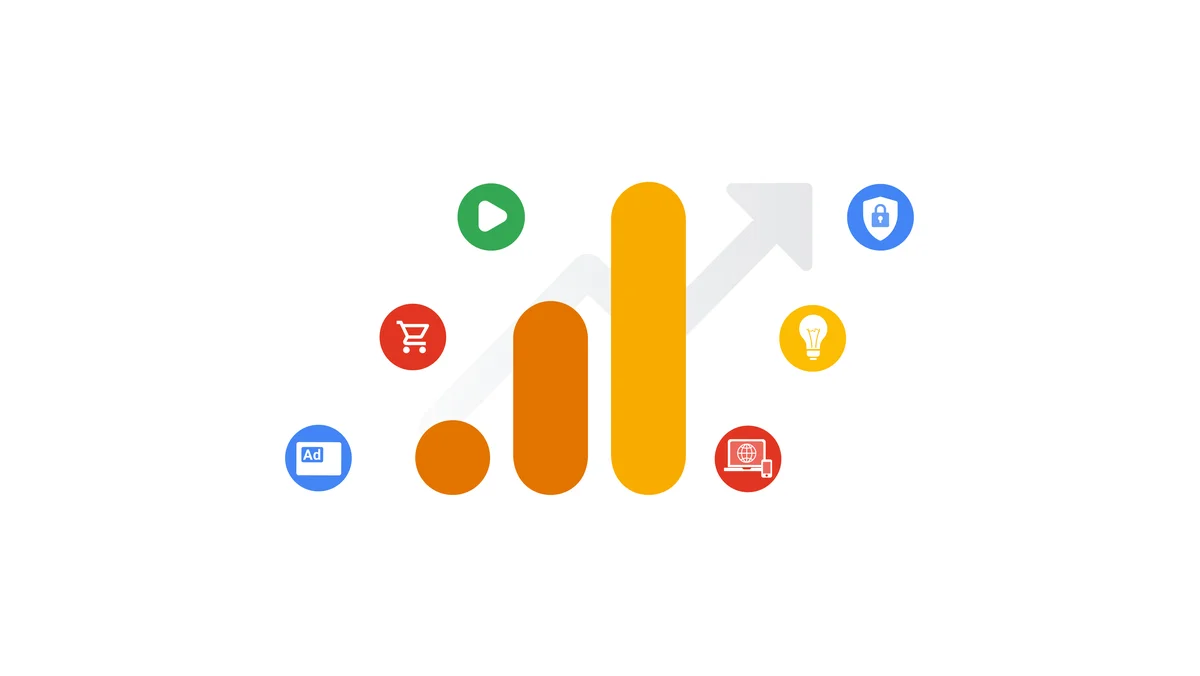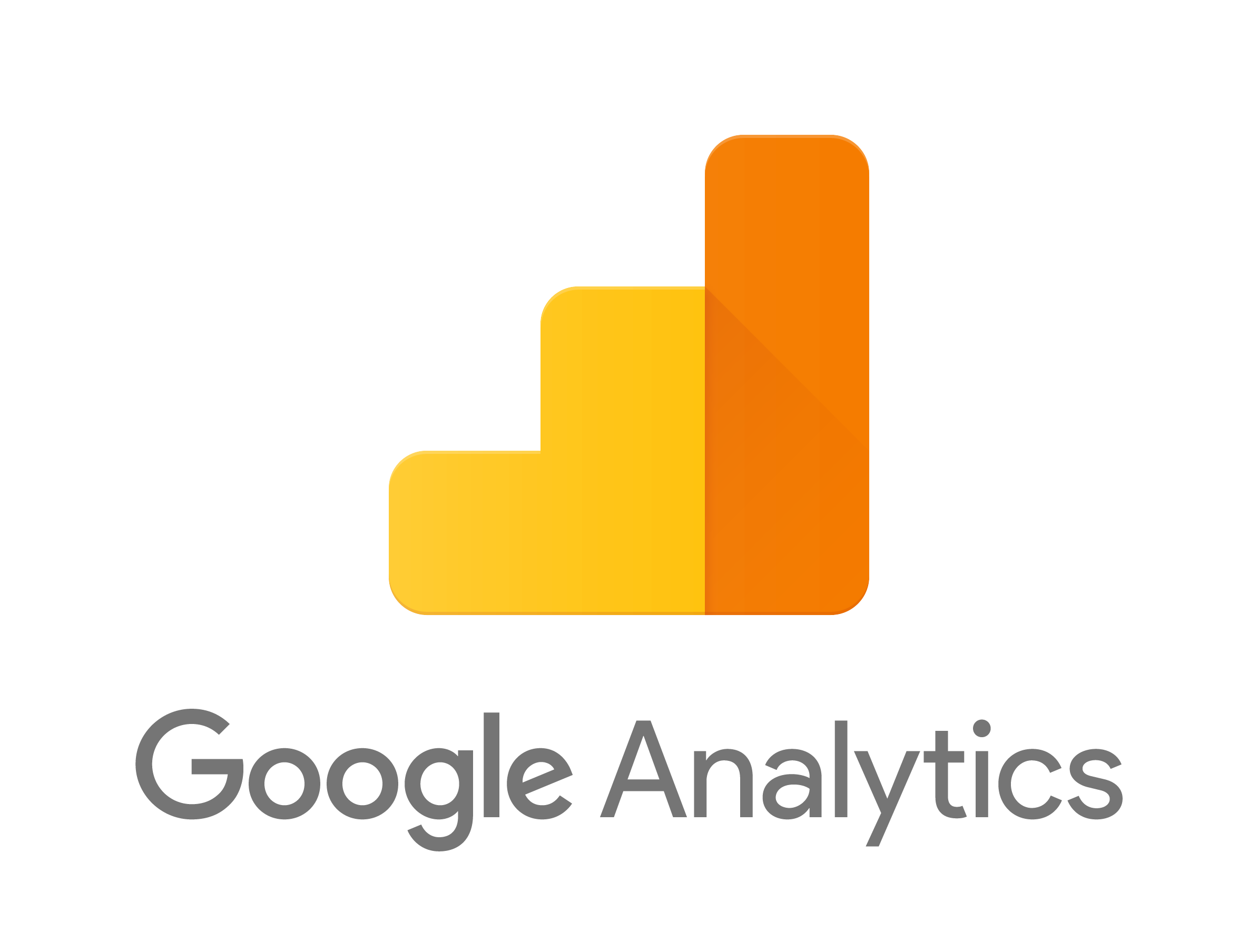When Does the Google Analytics Tracking Code Send an Event Hit to Analytics? A Deep Study Customer Communications
When Does the Google Analytics Tracking Code Send an Event Hit to Analytics? A Deep Study Customer Communications
Blog Article
Enhance Your SEO Method With Effective Google Analytics Tracking Code
Incorporating Google Analytics tracking code into your SEO strategy is a pivotal action towards accomplishing quantifiable results. What particular methods can you adopt to make best use of the influence of this information on your SEO initiatives?

Understanding Google Analytics Essentials
To efficiently leverage Google Analytics for SEO, it is necessary to comprehend its foundational ideas. Google Analytics works as a powerful tool for monitoring and evaluating website traffic, providing insights that are crucial for maximizing online search engine efficiency. At its core, the system enables customers to check user actions, web traffic resources, and crucial efficiency signs (KPIs) such as bounce rates and session durations.
Experience with the user interface is crucial. The Target market area gives demographic insights, helping to customize content to target individuals successfully.
Recognizing metrics such as natural website traffic quantities and conversion prices is important for reviewing search engine optimization performance. Inevitably, understanding these essentials permits electronic marketing professionals to harness the complete capacity of Google Analytics, driving notified decisions that enhance overall SEO approaches. By developing a strong foundation, services can successfully examine their performance and identify opportunities for improvement in their on-line visibility.
Establishing Up Tracking Code
Properly establishing the monitoring code is vital for precise data collection in Google Analytics. The first action includes creating a Google Analytics account and residential or commercial property, where you will obtain a special tracking ID. This ID is essential for connecting your web site's data to your Google Analytics account.
As soon as you have your tracking ID, incorporate the monitoring code snippet right into your site's HTML. This is generally positioned in the header section of each page to guarantee it loads early in the web page making process. If you're making use of a Material Management System (CMS) like WordPress, several plugins simplify this procedure, enabling you to include the tracking code without straight HTML editing.
After applying the tracking code, it is essential to evaluate its functionality. You can utilize the Google Tag Assistant tool to validate if the tracking code is appropriately installed and operating. Furthermore, monitor the real-time reporting attribute in Google Analytics to confirm that information is being accumulated correctly.
Making certain that the tracking code is correctly established up lays the foundation for efficient information evaluation, enabling you to make educated choices to boost your SEO technique and total internet site performance.
Secret Metrics to Screen
Recognizing key metrics to keep track of is crucial for understanding the efficiency of your SEO method via Google Analytics. By focusing on specific data points, you can assess the effect of your optimization initiatives and make educated choices to boost performance.
This metric reflects the general health of your Search engine optimization approach. A high bounce rate might signal that your web content is not fulfilling customer assumptions or that your landing pages need enhancement.
Keyword positions are also vital; surveillance changes in keyword placements helps review the effectiveness of your targeted Search engine optimization efforts. By very closely following these vital metrics, you can acquire beneficial insights right into your Search engine optimization technique's efficiency and determine areas for enhancement.
Studying User Actions
Understanding individual habits is crucial for fine-tuning your search engine optimization strategy and making best use of site performance. when does the google analytics tracking code send an event hit to analytics?. By analyzing just how this link site visitors communicate with your web site, you can reveal valuable insights that notify your web content have a peek at these guys and design decisions. Google Analytics supplies a wide range of information on user engagement metrics, such as bounce rates, time on website, and web page sights per session. These metrics aid identify which pages resonate with your audience and which may need optimization.
Furthermore, tracking individual circulation can expose typical navigation courses, highlighting potential traffic jams or areas for improvement. Recognizing the demographics, passions, and geographical areas of your site visitors permits for even more customized material that talks with their requirements. Making use of division functions in Google Analytics additionally improves your ability to analyze user habits by enabling you to compare different target market teams.
Additionally, keeping an eye on conversion rates and individual actions can provide understandings right into the effectiveness of your contact us to activity and general website layout. This alternative view of user actions is necessary for making notified choices that boost individual experience and drive higher involvement, eventually adding to boosted SEO performance.
Leveraging Insights for SEO
Regularly leveraging understandings acquired from user habits analysis can dramatically improve your SEO initiatives. By using Google Analytics, you can identify crucial metrics such as bounce rates, session period, and user circulation, which reveal just how visitors connect with your content. These understandings enable you to identify locations needing renovation, such as high departure web pages or underperforming key phrases.

Furthermore, tracking organic traffic resources gives quality on which networks are most efficient, allowing you to allot sources purposefully (when internet does the google analytics tracking code send an event hit to analytics?). By examining conversion rates along with website traffic information, you can identify which web pages drive real company results, improving your SEO strategy better
Integrating these insights into your material strategy not just improves exposure but likewise promotes an extra user-centric technique. Ultimately, a data-driven search engine optimization method informed by analytics not just increases positions however additionally aligns your objectives with individual expectations, causing sustained development and engagement.
Final Thought
Effective implementation of Google Analytics tracking code substantially boosts a Search engine optimization approach by giving essential understandings right into customer habits and website traffic resources. Inevitably, leveraging these understandings adds to fine-tuning Search engine optimization efforts, driving even more pertinent web traffic, and enhancing general site performance.
Incorporating Google Analytics tracking code into your Search engine optimization approach is an essential action toward achieving measurable outcomes. At its core, the system allows users to monitor user behavior, website traffic resources, and crucial performance indicators (KPIs) such as bounce prices and session periods.
Comprehending user actions is critical for fine-tuning your SEO strategy and making the most of site efficiency.Constantly leveraging insights obtained from individual behavior evaluation can substantially enhance your Search engine optimization efforts.Effective execution of Google Analytics tracking code dramatically improves a SEO approach by supplying essential understandings into customer habits and traffic resources.
Report this page